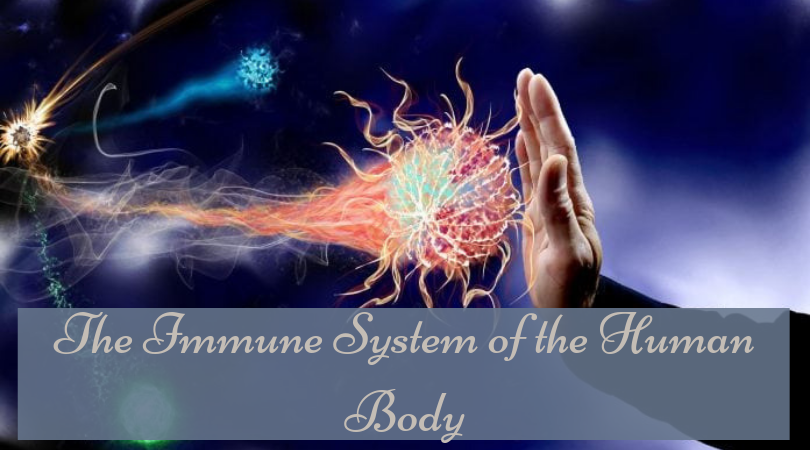Cells are the main building blocks. Each organ in our body consists of cells: those that define this organ (for example, nerve cells in the brain, muscle cells in the heart), and those that support the organ, such as blood vessels and cells of the immune system. The immune system protects us from infection, controls the growth of abnormal cells and helps repair the damage that occurs in the body, restore the normal functioning of the body.
Our immune system consists of physical barriers and several types of immune cells and organs. Physical barriers (for example, the oily layer on the skin surface, the mucous membrane of the nose, lungs, intestines, and gastric juice) are the main part of the immune system that prevents bacteria from entering the body.
Bone Marrow – The Main Source of Cells Production
The cells that are involved in the immune system are mainly produced by the bone marrow. Bone marrow is a soft spongy tissue that is located inside major bones. It acts as a factory in which stem cells produce a constant supply of blood cells; red blood cells carry oxygen, platelets repair leaking blood vessels and white blood cells. White blood cells (or immune cells) fight infection, detect and eliminate abnormal cells in the body. There are many different types of white blood cells in the immune system that have evolved to perform various tasks. For example, some white blood immune cells are intended for fighting bacterial infections (such as neutrophils), while other immune cells are better for fighting parasites like worms (e.g. eosinophils).
The Lymphatic System
Immune cells circulate not only throughout the body through the blood flow, but also through the network of vessels called the lymphatic system.
The lymphatic system is a collection of tubes of much smaller diameter, but it runs along the same transport routes as the blood vessels. Lymphatic vessels are connected to the immune system through a series of lymph glands (or nodes) and lymph organs.
If we consider white blood immune cells as soldiers, then these lymph nodes and organs act as barracks. Lymphatic organs include the spleen, tonsils, lymph nodes, but immune cells also collect in special places in various organs (for example, in Peyer’s plaques in the intestines). Together, these locations make up the lymphatic system.
Immune cells constantly circulate in the blood, lingering briefly in these lymphatic organs, where they can exchange information about infections and abnormal cells in order to prepare to fight the infection the next time they meet it. This is the place where the cells of the immune system learn about vaccinations (such as diphtheria and tetanus) and the reason why you experience a feeling of “swollen glands” in your neck when you suffer from a cold. This sphere has been thoroughly studied by specialists from all over the world. For example, the American Journal of Pharmaceutical Education has published an article written by William Allan Prescott, Jr., PharmD,a,b Christian Bernhardi, BSa. They explain the details of immunization in the USA, its necessity and importance. You may read this article here – https://www.ajpe.org/doi/full/10.5688/ajpe6765.
How to Control the Immune System?
The main cells of the immune system do a simple job: circulate in the body, detect pests and kill them.
Complex cells of the immune system, such as lymphocytes, go through a complex checkpoint process, for obvious reasons: they can turn on the alarm, which sets the full-blown immune response in motion. After the lymphocytes recognize another cell, their response to this identification is verified by a dozen further “handshakes”, checked and double-checked at control points. These milestones have evolved in order to provide an appropriate immune response that never occurs for no reason.
These checkpoints are pairs of proteins that line up against each other when the surface of the lymphocyte comes in contact with the surface of the cell. At the end of this contact, a decision is made: the lymphocyte either triggers an alarm to send an immune response and tries to kill the cell, or makes sure that the other cell is not dangerous and gives a “green light”.
Some of the checkpoint proteins are very important in the treatment of cancer (CTLA4, PD1, and PD-L1), while the rest are currently under intensive research to find a way to target them in lymphocytes and help cancer patients.


